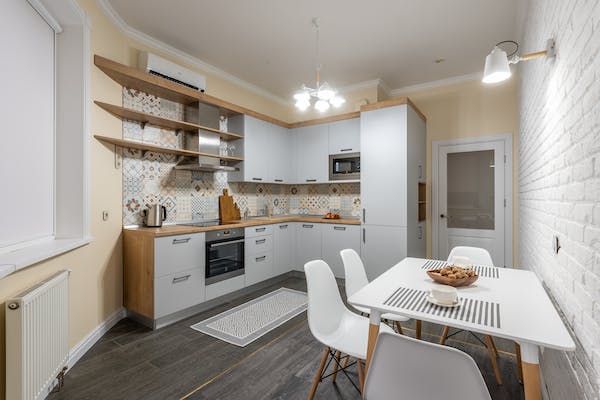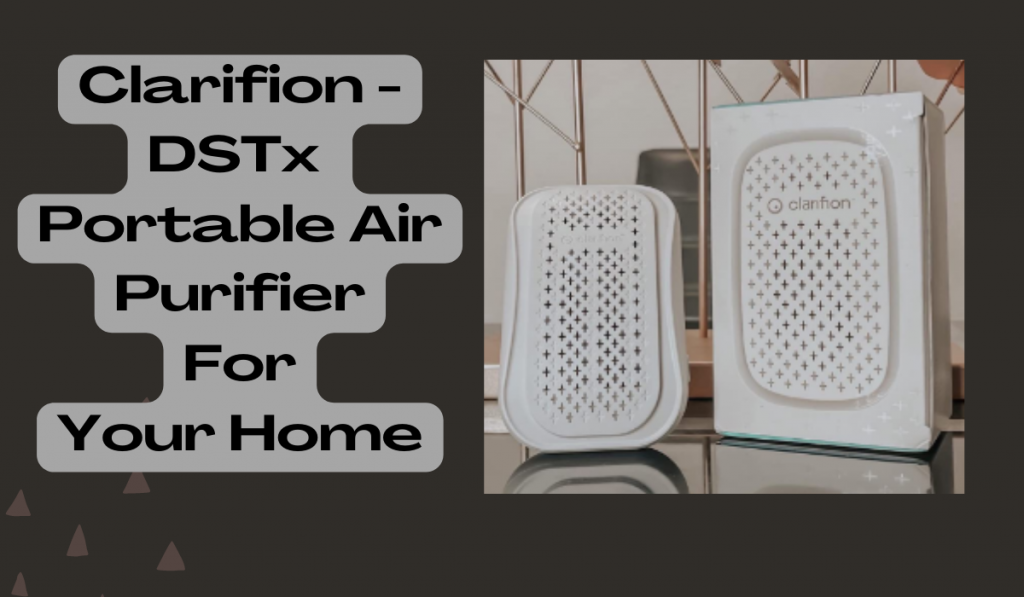The median sale price of homes in Pittsburgh decreased by 4.0% from June 2022 to April 2023. This means that a home that would have sold for $250,000 in June 2022 would now sell for around $240,000 in April 2023. This decrease is likely due to several factors, including rising interest rates, inflation, and a decrease in demand.
If your home is worth less than what you paid, you may be worried about selling it for a loss. However, you can do a few things to increase the value of your home, such as making energy-efficient upgrades.
Energy-efficient upgrades can save you money on energy bills, making your home more attractive to buyers. They can also improve the comfort and livability of your home, which can also add value.
Wondering what new changes to make around the house? Keep reading to discover all the different energy-efficient home improvement ideas!
- Energy Efficiency: Window Replacement Edition
The cold, harsh wind sneaks in during the winters, and the scorching heat threatens to turn your home into an oven during summer. They conspire to raise your energy bills and sabotage your eco-friendly dreams. So, what’s the solution? Energy-efficient windows!
The energy efficiency rating of a window is measured by its U-factor and its Solar Heat Gain Coefficient (SHGC). The U-factor measures how well a window insulates, and the SHGC measures how much solar heat a window admits. The lower the U-factor and the SHGC, the more energy-efficient the window.
So look for the best Pittsburgh window replacement company and invest in energy-efficient windows. Energy-efficient windows can help to reduce your energy bills by up to 25%. This is because they block heat loss in the winter and heat gain in the summer, so your HVAC system doesn’t have to work as hard to keep your home comfortable.
- Add Draught-proofing
Draught-proofing is an essential component of making your home more energy efficient, especially in terms of reducing heat loss and improving overall comfort.
Draught-proofing your home helps to seal gaps and cracks in windows, doors, walls, and floors. Doing so prevents cold air from entering your living spaces during the winter and hot air from infiltrating during the summer. That significantly reduces the need for heating and cooling, resulting in lower energy consumption and reduced utility bills.
Eliminating draughts also makes your home more comfortable by maintaining an indoor temperature that is consistent. By preventing cold air from entering, you’ll create a cozier living environment during the colder months, and by blocking hot air, you’ll make it more pleasant during the hotter months.
- Investing in Solar Panels
Once installed, solar panels harness sunlight to generate electricity, which can power your home’s appliances and devices. By relying on solar energy, you can significantly reduce your dependence on grid electricity, leading to lower electricity bills and potential savings in the long run.
Solar panels enable homeowners to generate their electricity, reducing reliance on utility companies and energy providers. This energy independence provides more control over your energy usage and can protect you from fluctuations in energy prices.
By using solar panels, you contribute to a reduction in greenhouse gas emissions, air pollution, and other environmental impacts associated with conventional electricity generation methods. What is better than saving the earth while saving costs in the form of utility bills?
- Insulation: Keeping Chills at Bay
Is your home sending you icy glares? Insulate your loft and walls to prevent heat from escaping faster than a snitch during a Quidditch match. It is time to seal those leaks to keep your home cozy without investing a fortune in heating systems.
Insulation helps to keep your home warmer in the winter and cooler in the summer, which can lead to significant savings on your energy bills. Its efficiency and effectiveness ensure comfort for generations while reducing your carbon footprint, promoting a greener planet.
There are many different types of insulation available, so it is important to choose the right type for your home. The type of insulation you choose will depend on the climate you live in, the type of your home, and your budget.
- Heating Control
A thermostat, the centerpiece of your heating control arsenal! With a flick of your finger, you command the temperature, adjusting it to perfection. From the coziness of your couch, you can become the master of your home’s climate, conserving energy while reveling in comfort.
It also grants you the power of automation! Set your settings in advance to match your daily routine, and watch as your house warms up when needed and cools down when unoccupied. This way, you’ll save energy and never face an unnecessary chill again.
With separate controls for each area, you’ll ensure energy is focused where needed, leaving no corner in the cold.
- LED Spells for Savings
With LED lights, you’re brightening your home and giving Mother Nature a high-five. They’re the eco-friendly illuminators that reduce your carbon footprint like a pro, making planet Earth smile brighter.
Also, they don’t just burn out; they outlast the competition like champions. With a longer lifespan, they’ll shine on and on, keeping you in awe and your wallet happy. They can last up to 25 times longer than traditional incandescent bulbs and up to 2-5 times longer than CFLs. That means a less frequent replacement, reducing waste generated from discarded light bulbs and saving money on replacement costs.
If you often forget to switch the lights off before you leave your house, installing LED lights might be a lifesaver. In the blink of an eye, LED lights spring into action, illuminating your space instantly. No, waiting around for them to power up like old-school bulbs.
Conclusion
Congratulations, you are now well-equipped to turn your home into an energy-efficient space. Ensure that you insulate your walls, install heating controls, and invest in all the necessary repairs to reduce your carbon footprint and avoid unnecessary costs.
Energy-efficient upgrades also increase the value of your home, so it’s a win-win!
James Martin is a passionate writer and the founder of OnTimeMagazines & EastLifePro. He loves to write principally about technology trends. He loves to share his opinion on what’s happening in tech around the world.


